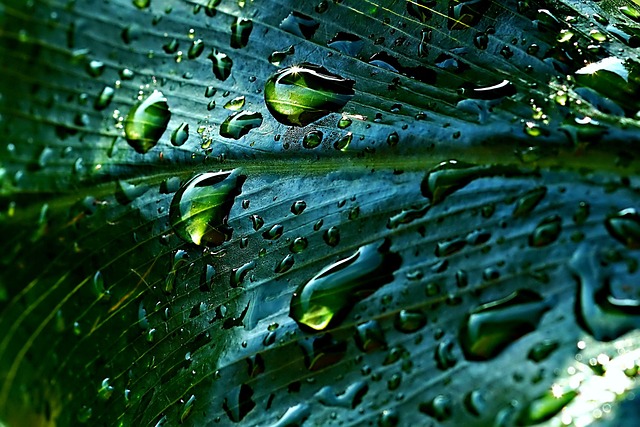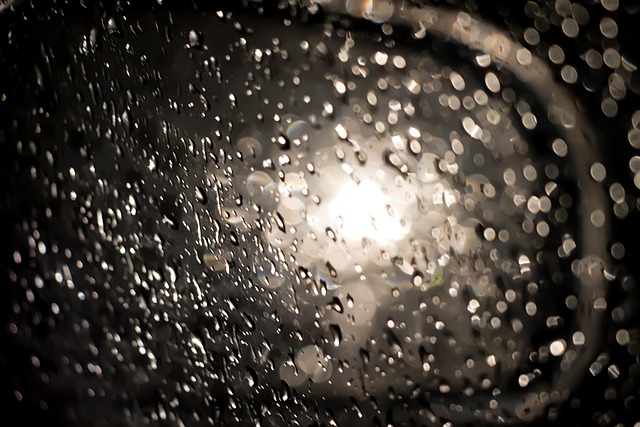Monitor water usage patterns to manage bills effectively. Keep records for several months to identify increases and peak periods. Implement rainwater harvesting techniques to reduce reliance on municipal supplies. Optimize habits based on specific trends, like high weekend use. Regularly check water meter data against historical records to detect leaks or conservation successes. Rainwater harvesting lowers bills, promotes sustainability, and reduces overall water consumption.
Are you paying attention to your water bills? Unusual spikes can signal inefficient usage or hidden leaks. This guide helps you navigate the intricate dance of water consumption, teaching you to understand and monitor your water usage patterns. Learn how to identify regular cycles, pinpoint anomalies, and even explore sustainable solutions like rainwater harvesting for a greener, more cost-effective future.
- Understand Your Water Usage Patterns
- Identify Regular Bill Cycles and Trends
- Spotting Anomalies in Water Consumption
- Explore Rainwater Harvesting Solutions
Understand Your Water Usage Patterns

Understanding your water usage patterns is a crucial step in monitoring and managing your bills effectively. It’s easy to overlook small increases in consumption, especially if they creep up gradually over time. To gain insight into your habits, keep detailed records of your water usage for several months. Note down peak periods where you typically use more water – think of activities like lawn watering during the summer or running multiple baths at once.
One strategy to optimize your usage is incorporating rainwater harvesting techniques. Collecting and storing rainwater from your roof can significantly reduce reliance on municipal supplies, leading to substantial savings on your bills. Moreover, understanding your specific patterns – such as high use on weekends or certain days of the week – allows for targeted adjustments. For instance, consider high-efficiency appliances that reduce water consumption without compromising performance.
Identify Regular Bill Cycles and Trends

Understanding your water usage patterns is a crucial step in identifying unusual spikes. Regularly examine your bills to establish bill cycles and trends specific to your household or business. Look for consistent monthly fluctuations, which can be attributed to various factors like seasonal changes in consumption or fixed billing structures. By familiarizing yourself with these normal variations, you’ll be better equipped to recognize any abrupt deviations.
For instance, consider implementing rainwater harvesting systems to offset your water usage during drier months. This sustainable practice can significantly impact your bills and overall water consumption, allowing for a clearer distinction between typical and anomalous spending. Tracking these trends will empower you to take proactive measures, ensuring that any unexpected spikes are promptly addressed.
Spotting Anomalies in Water Consumption

Unusual spikes in your water bill could be an indication of inefficient water usage or even potential leaks within your plumbing system. Spotting these anomalies involves closely examining your consumption patterns over time. Regularly check your water meter to track daily, weekly, and monthly usage. Any sudden increases or consistent higher-than-average readings should raise a red flag. This is especially true if you’ve implemented rainwater harvesting systems or other water-saving measures, as unexpected spikes could mean these systems aren’t functioning optimally.
By comparing current consumption data with historical records, you can identify outliers and pinpoint areas of concern. For instance, a sharp rise in usage during off-peak hours might suggest an unnoticed leak. Conversely, unexplained drops could indicate successful water conservation efforts, like those achieved through rainwater harvesting, which could significantly reduce overall consumption.
Explore Rainwater Harvesting Solutions

Many unusual spikes in water bills can be attributed to forgotten leaks or inefficient appliances, but it’s also wise to consider natural solutions like rainwater harvesting. This eco-friendly practice collects and stores rainwater from your roof for later use, reducing reliance on municipal water supplies. By installing a simple rainwater harvesting system, you not only lower your utility costs but also contribute to sustainable living.
There are various options available for homeowners looking to implement rainwater harvesting. Basic systems involve collecting rainwater in barrels or tanks connected to your downspouts, while more advanced setups can include filtration and storage solutions tailored to specific needs. Once collected, harvested rainwater can be used for a variety of purposes, from watering gardens to flushing toilets, further reducing overall water consumption.
